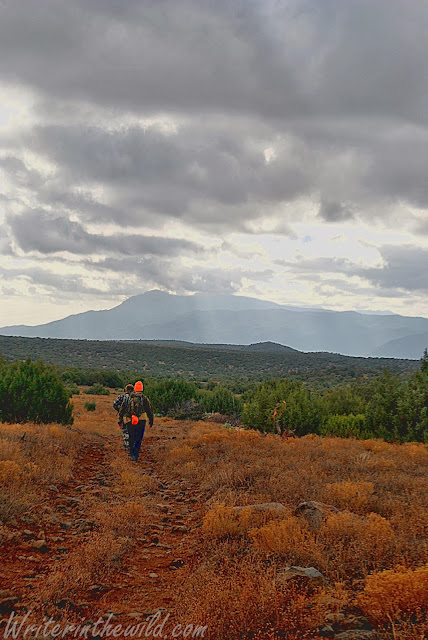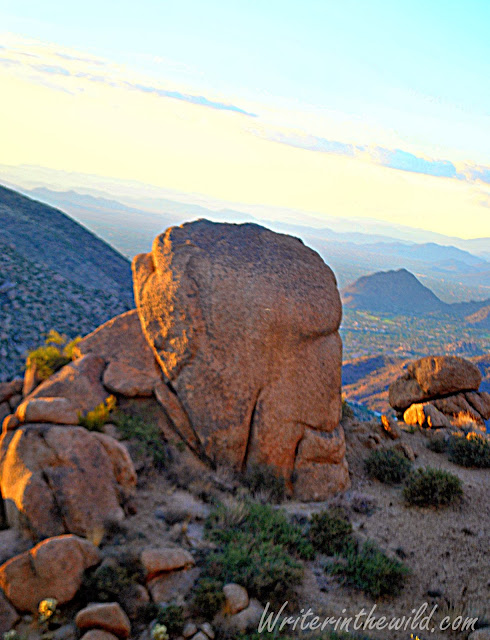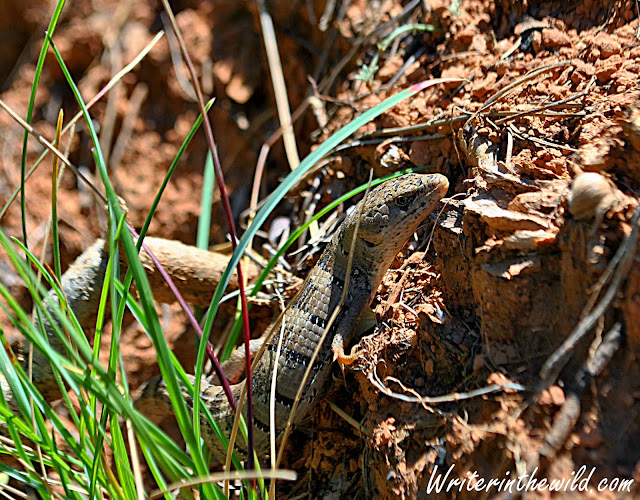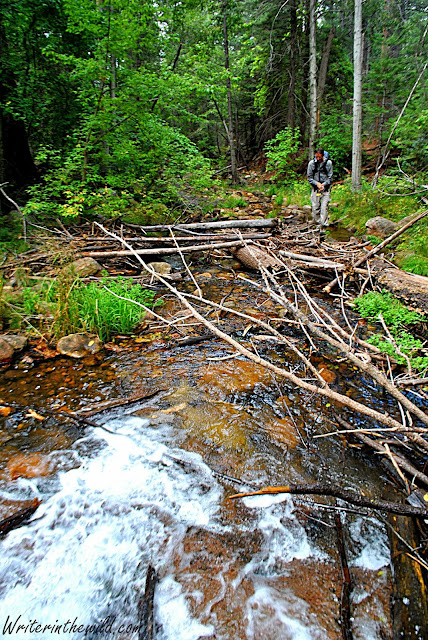 |
| SrongVolt Solar 7 |
The StrongVolt Solar 7 is a lightweight 7 watt solar charger that will keep your devices running while you're on the go. From hiking to emergency preparedness, the Solar 7 is an essential piece of kit for the connected consumer of the electronic age, and will come in handy in a host of situations.

The Solar 7 retails for $59.99, and consists of 4 laminated solar panels and one USB output at the end of a 6.75 inch cord. At 11.45 ounces, the Solar 7's weight won't be noticed by anyone but the worst gram weenies, and even they would find the extra ounces worth it. Completely unfolded, my charger measured 7.5 x 20 inches. Two grommets (which appear to be stainless steel) at one end of the charger allow for easy hanging from backpacks or trees (or wherever). Folded up, my charger measures 7.5 x 4.25 inches, and doesn't seem much bigger area-wise than a woman's checkbook style wallet. A Velcro strip keeps the charger closed.
The StrongVolt Solar 7 is so portable that I carry it even when I'm not sure I'll use it. In other words I carry it "just in case". Folded up, it fits easily into my backpack's lid pocket for quick access. I've brought it with me hiking and fishing. I've carried it around town, to baseball games and parades, and other community events and festivals.
Carrying portable power gives me piece of mind that I've never had before. Just last Saturday at my stepdaughters softball game, I brought the StrongVolt Solar 7 and charged my phone while I watched the game because I forgot to plug it in the night before, and the battery was nearly dead. By the time the game was over, my phone was fully charged. It is so easy to do too. Just unfold the charger, make sure the panels are facing toward the sun, and plug in your phone. Done.
 |
| StrongVolt Solar 7 lashed to my daypack. |
The Solar 7 is easy to carry both folded, and unfolded while in use. Although easy to hang, having only two grommets limits the configuration possibilities. The best and really only way to attach the Solar 7 to your pack is by hooking it to the top of the lid, and letting it hang down the back of the pack, using cordage of some type to secure the bottom so it doesn't flop about. Although this configuration is secure, it does't allow the charger to face upward at the optimum angle needed to catch the maximum amount of sunlight possible while on the move. Instead, the solar panels (except perhaps the very top one) generally face the horizon while travelling on a flat surface.
In Phoenix (aka The Valley of the Sun), carrying the charger this way didn't produce any noticeable decrease in performance of the charging capability. My phone always stayed charged, even while running GPS apps to track my location that would normally drain the battery faster. In all of my tests, the charging power was stronger than any drain created by continually running apps, so that when I returned to the trailhead the charge on my phone's battery was either equal to or higher than it was when I started. This ability to keep your phone charged on the go is what makes the StrongVolt Solar 7 so great for hikers, backpackers, hunters, mountain bikers, or anyone using GPS apps for route tracking and/or navigation.
 |
| On the go with the StrongVolt Solar 7 |
That is exactly what the StrongVolt Solar 7 is great at, keeping your devices charged. No need to wait for the battery to drain completely. Keep it plugged in, keep it charging, just like you would at home. I did however charge my devices in the backyard from a dead battery just to see how long it would take. For my Nokia Lumia 920, it generally took 3.5 to 4 hours to reach full charge. My Microsoft ZUNE HD media player took 2 hours. Although the Solar 7 certainly can be used to charge a dead device, It's just more efficient to keep your device plugged in, especially if you are hiking, or camping, or even boating. There is absolutely no reason why your device can't stay plugged in... Unless you are charging someone else's device of course.
The only problem with the StrongVolt Solar 7 is that it does not store power. Something I notice every time I find myself resting in shade. Living in the desert, it doesn't pose too much of a problem for the majority of my hiking, since there isn't much shade, and it's rarely ever cloudy. That being said, if you do most of your hiking in shaded areas (in other words, you hike among tall trees or areas where overcast skies are common) you might want to skip this charger because it would not work. Literally the second the Solar 7 enters the shade, your device will cease to charge. StrongVolt does sell a small
battery pack for $44.99 that stores power from the charger (which I have not tested). If the battery pack (which StrongVolt calls a "Power Bank") works as well as the charger it would be worth the investment, because you could literally save power, and charge you devices on sunless days.
The StrongVolt Solar 7 also seems durable and very well made. The housing is a very tough canvas-like material, and after a month of use It's still in great shape. I certainly put it through its paces, and there isn't any loose threads or stitching, or any sign of wear other than on the laminate that covers the panels. During some off-trail travel through thick vegetation, the laminate suffered some damage in the form of small punctures, and scratches. Living in the desert, its not really surprising considering much of the plant life has thorns, barbs, spines, and other sharp defensive implements. If you are considering buying this product, I would just suggest stowing it before any major bushwhacking.
Overall, the StrongVolt Solar 7 Portable Solar Charger is an awesome piece of gear with unlimited potential. As long as you have sun, you can use it in any outside situation to charge your device, whether in the woods or in town, climbing the mountain or grilling out at the park. It is lightweight, compact, and easily carried. I love this charger. It has become an essential piece of my kit, and I would love to get my hands on that Power Bank.
Disclosure: I am not affiliated with StrongVolt in any way. I received this item at no cost for reviewing purposes. My review is my own honest assessment of the product.



















































